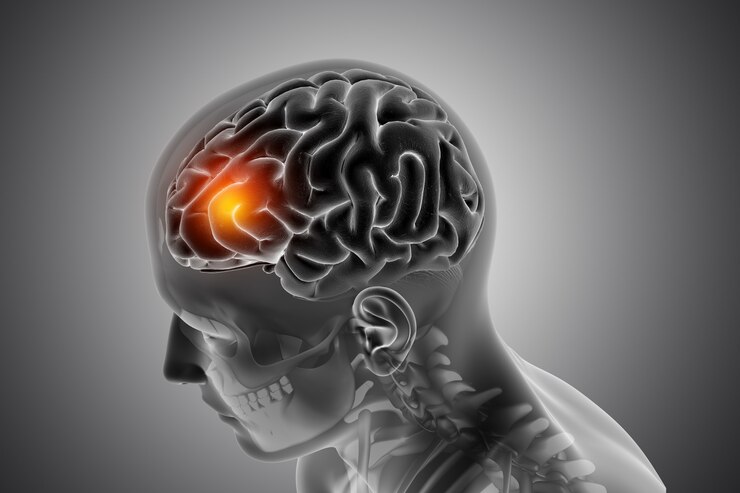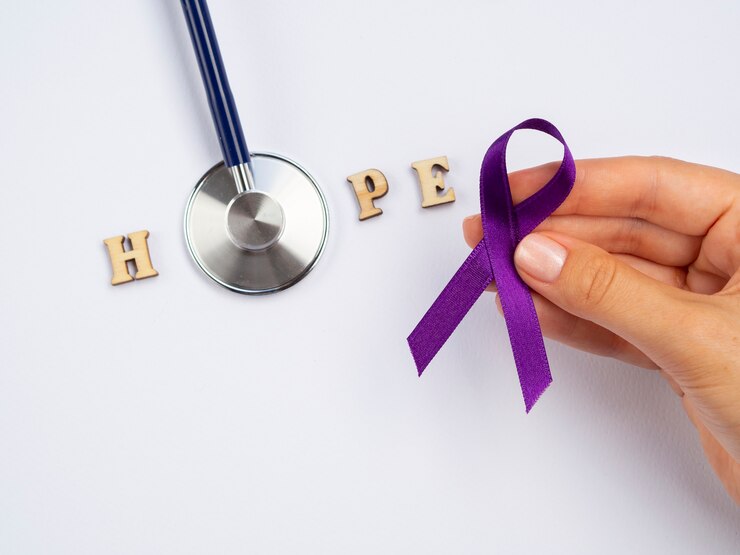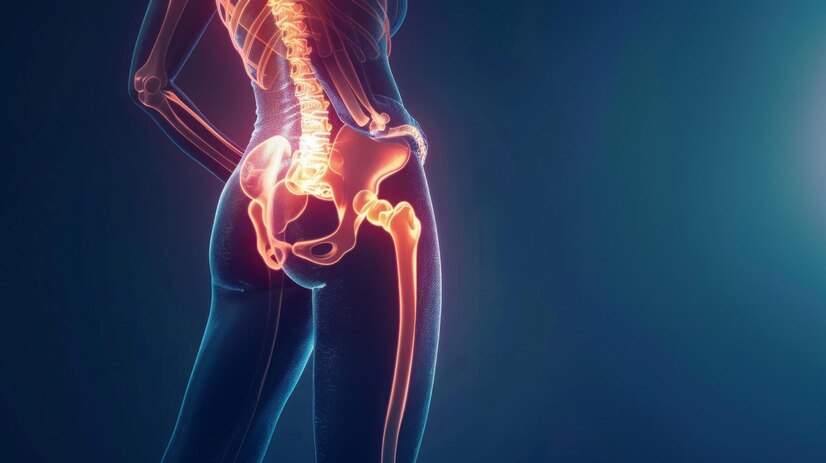
Leukemia, a type of cancer affecting the blood and bone marrow, impacts thousands of lives worldwide. With advancements in medical science, the understanding and treatment of leukemia have improved significantly. Read on to explore the types, treatment options, and specialized care services available for leukemia patients, including the holistic care provided by home healthcare services in Dubai.
What is Leukemia?
Leukemia is a cancer of the blood and bone marrow that affects white blood cells, which are critical for the body’s immune system. The disease disrupts the production of healthy blood cells, leading to abnormal cell growth. Leukemia can impact individuals of all ages, with a higher prevalence in elderly adults.
Common Types of Leukemia
Leukemia is categorized based on the speed of progression and the type of blood cells affected:
- Acute Myeloid Leukemia (AML)
AML progresses rapidly, and the first stages of acute myeloid leukemia often include fatigue, frequent infections, and fever. Early diagnosis is essential for better outcomes. - Chronic Myeloid Leukemia (CML)
CML develops slowly and may remain asymptomatic in its early phases. Modern CML treatment options like targeted therapies have significantly improved survival rates. - Chronic Lymphocytic Leukemia (CLL)
The most common leukemia in elderly patients, CLL progresses gradually. Good news for CLL patients includes advancements in immunotherapy and targeted treatments. - Chronic Myelomonocytic Leukemia (CMML)
CMML leukemia is a rare type that affects monocytes and requires specialized, personalized treatment approaches.
Symptoms of Leukemia to Watch For
Leukemia symptoms can present differently depending on the type and progression of the disease, but they often include the following:
Persistent Fatigue and Weakness:
This occurs due to a significant decrease in red blood cells (anemia) caused by the overproduction of abnormal white blood cells in the bone marrow. Patients may feel unusually tired even after rest or minimal exertion.Frequent Infections or Fevers:
Abnormal white blood cells impair the immune system’s ability to fight infections effectively. Leukemia patients often experience recurrent infections, high fevers, or prolonged illnesses that don’t respond well to typical treatments.Unexplained Bruising or Bleeding:
Leukemia reduces the platelet count, leading to slower blood clotting. Patients may notice easy bruising, tiny red spots (petechiae) on the skin, frequent nosebleeds, bleeding gums, or prolonged bleeding from minor cuts.Swollen Lymph Nodes or Spleen:
Swelling occurs as the body’s immune system reacts to abnormal white blood cells. Lymph nodes in areas like the neck, armpits, or groin may enlarge, and an enlarged spleen can cause discomfort or a feeling of fullness in the abdomen.Unintended Weight Loss:
Leukemia can lead to unexplained weight loss due to reduced appetite, energy depletion, or the body working harder to fight the disease. It often occurs in combination with other systemic symptoms.Bone or Joint Pain:
Overcrowding of abnormal leukemia cells in the bone marrow causes bone pain or tenderness. This is especially common in areas with large bone marrow concentrations, such as the hips, ribs, and long bones.
These symptoms may initially seem mild or mimic other less severe illnesses, so early medical evaluation is essential for proper diagnosis and treatment
Diagnosis and Stages of Leukemia
Diagnosing leukemia involves blood tests, bone marrow biopsy, and imaging scans to assess the disease. The stages depend on the type of leukemia: acute types progress quickly, while chronic forms advance slowly over time. Early detection plays a crucial role in determining prognosis and treatment.
Advanced Treatment Options for Leukemia
Treatment options for leukemia have evolved significantly, offering hope to patients across age groups:
- Chemotherapy: The primary treatment that targets and destroys abnormal cells.
- Targeted Therapy: Drugs like Blincyto attack specific abnormalities in leukemia cells. However, Blincyto side effects like fever, low blood pressure, and nausea may occur.
- Immunotherapy: Boosts the immune system to fight leukemia more effectively.
- Bone Marrow Transplant: Replaces diseased bone marrow with healthy donor cells, often used in younger patients.
- Treatment for Leukemia in older people: Leukemia in older adults often requires less intensive options like targeted therapies or symptom management. Treatment for AML in elderly patients focuses on supportive care alongside low-intensity chemotherapy.
Coping Strategies for Patients and Families
Living with leukemia can be overwhelming, but adopting effective strategies can make the journey manageable. Accessing support groups provides vital emotional and psychological comfort, helping patients connect with others facing similar challenges. At-home care services, especially for elderly leukemia patients, offer personalized assistance to enhance daily life and treatment adherence. Maintaining open and honest communication with doctors is essential for making informed treatment decisions and understanding the options available. Together, these approaches foster resilience and improve overall well-being.
Home Healthcare Services for Leukemia Patients: Compassionate Care at Home
For leukemia patients undergoing treatment, rest and recovery play a vital role in managing their condition. At-home care provides a comfortable, safe, and familiar environment, which is essential for emotional and physical well-being. Home healthcare services, such as those offered by Eureka, allow patients to receive the necessary support and treatment while minimizing hospital visits. Our experienced team of healthcare professionals is dedicated to delivering specialized care that focuses on the patient’s comfort and promotes better outcomes.
Whether it’s assistance with medication management, monitoring vital signs, or offering emotional support, in-home care is designed to meet the individual needs of leukemia patients at each stage of treatment. Home healthcare is particularly beneficial for patients who need rest, want to reduce the risk of hospital-acquired infections, and wish to maintain a sense of independence during their journey.
Post-Treatment Support for Leukemia Patients
The journey for leukemia patients doesn’t end with treatment. Post-treatment care is crucial for managing recovery and maintaining long-term health. Our home healthcare services offer ongoing support to help patients cope with any side effects from treatment, monitor for potential relapses, and promote overall well-being. We provide personalized care plans that may include physical therapy, nutritional guidance, emotional counseling, and assistance with daily activities.
Our goal is to help patients transition smoothly into their post-treatment life while ensuring they feel supported every step of the way. Whether it’s helping patients regain strength, providing mobility support, or offering palliative care, Eureka’s home healthcare team is here to help leukemia survivors maintain a good quality of life after their treatment.
Survival Rates and Factors Affecting Prognosis
The survival rate of myeloid leukemia and other types of leukemia has improved due to advancements like targeted therapies and supportive care. Achieving CMR leukemia (Complete Molecular Remission) is now a possibility, offering hope for long-term survival and improved quality of life.
Good News for Leukemia Patients: Latest Research
Ongoing advancements offer hope for leukemia patients. Targeted therapies now improve treatment outcomes while minimizing side effects. Immunotherapy innovations, such as CAR-T cell therapy, empower the body to fight leukemia more effectively. Additionally, improved treatment options for older adults and chronic leukemia cases ensure better care, enhancing survival rates and quality of life..
FAQs About Leukemia
- What are the early symptoms of acute myeloid leukemia?
Early symptoms include fatigue, fever, and frequent infections. - How is leukemia treated in older adults?
Leukemia in elderly patients is often treated with targeted therapies, low-intensity chemotherapy, and supportive care. - What is the survival rate of myeloid leukemia?
The survival rate of myeloid leukemia depends on factors like age, disease stage, and response to treatment. - What are Blincyto side effects?
Common Blincyto side effects include fever, low blood pressure, headache, and nausea. - Are there advancements in CLL treatment options?
Yes, CLL treatment options now include targeted therapies and immunotherapy, offering promising results.
Leukemia treatments continue to improve, offering patients better outcomes and renewed hope. Early detection, personalized care, and advancements in medical therapies are key to managing this complex condition.
Eureka Home Healthcare: Personalized Care Solutions for Leukemia Patients
At Eureka Home Healthcare, we provide compassionate and specialized care for leukemia patients, ensuring comfort, dignity, and holistic support throughout their journey. From CLL treatment options to at-home palliative care, our expert team offers personalized services tailored to patients’ unique needs. If you or a loved one is battling leukemia, let us be your trusted partner in care, empowering hope and resilience every step of the way.
Need Expert Care for Leukemia at Home? Contact Our Team Today!
If you or a loved one is battling leukemia, our dedicated home healthcare team is ready to provide compassionate and personalized care. From initial diagnosis to post-treatment recovery, Eureka Home Healthcare offers a wide range of services to ensure that patients receive the highest quality of care in the comfort of their own homes.
Contact us today to learn more about our leukemia care services and how we can assist with managing treatment, recovery, and overall well-being at home. Let us help you or your loved one navigate the leukemia journey with expert support and care.








